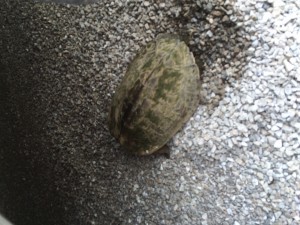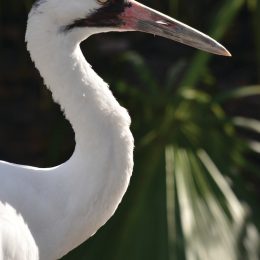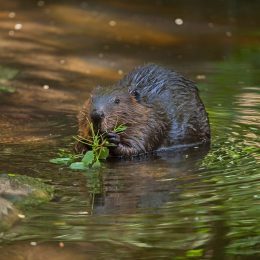 My wife got an early start on her yard work and was hard at weeding when I left for work. Walking out to her flower garden, I wished her a good day, got in the truck and left for work.
My wife got an early start on her yard work and was hard at weeding when I left for work. Walking out to her flower garden, I wished her a good day, got in the truck and left for work.
When I returned that afternoon, she greeted me with, “Where is the outdoorsman you are always claiming to be?”
A little puzzled, I somewhat defensively asked, “What do you mean?”
“You didn’t see the turtle three feet away from you this morning.”
“When?”
“When you told me goodbye this morning, it was right by your feet.”
“It’s probably a female looking for a place to bury her eggs. Besides, I was doing the important thing… paying attention to you.”
“She won’t bury her eggs where I’m digging in the rocky ground, will she?”
“No… turtles are very instinctive. She’ll find a perfect place with soft soil and just the right amount of sunlight to lay her eggs.”
Later in the evening, I walked by my pickup truck parked in the crushed limestone rock driveway. I looked down and realized we are apparently dealing with a turtle from the shallow end of the gene pool, and one not very instinctive.
There to my amazement was a 10 inch false map turtle, Graptemys pseudogeographica, busily trying to excavate through the limestone driveway in the wheel rut made by my truck tire! If I hadn’t seen the turtle and moved the truck, it would have been all over, and not in a good way.
Calling for my wife to come witness another “Jungle Jack” situation, I put on my gloves and gently moved the female turtle over a short rock wall. It was an area where my wife’s flower beds gave ample locations for a more suitable turtle nursery.
Sure enough, later the same evening, I saw the turtle mudding in her eggs at the edge of the asparagus patch. Good place, better location and most of all, out of the way.
Looks like my wife’s garden will be sprouting baby turtles later this year!
Eastern box turtle: a population in decline
 Any Hoosier who has spent even a small amount of time in the woods or a state park has probably come across a box turtle.
Any Hoosier who has spent even a small amount of time in the woods or a state park has probably come across a box turtle.
The eastern box turtle is considered a “land” turtle. It has a domed shell that varies in color from orange to yellow with an olive to brown background. The top of the shell exhibits a repeated brightly colored palmate or “blotchy” pattern on a drab background. The body of the turtle can be withdrawn completely into its shell.
Nationwide research reveals that eastern box turtle populations are in trouble. Habitat loss, road mortality, and collection by humans are likely some of the leading factors in box turtle declines. Indiana, like many other states, is taking proactive measures to protect and preserve these vulnerable animals before they become threatened or even endangered. For the past 20 years, the state has not allowed box turtles to be collected from the wild.
Please do your part in protecting these little gems of the forest. Here are some tips:
• Obey speed limits to allow appropriate stopping time if a turtle is on the road.
• If you see a box turtle crossing a busy road, you can pick it up and move it to the other side of the road in the direction it was facing. The turtle cannot be kept or moved to any other location.
• Leave leaf litter and fallen woody debris on the forest floor.
• Do not burn large areas during peak activity times for turtles.
• Thoroughly check yards before mowing or burning brush piles.
• Report any collection or sale of box turtles to the Division of Fish and Wildlife at 317-232-4080 or the Division of Law Enforcement at 812-837-9536. This can be done anonymously.
Source: Indiana Department of Natural Resources
Jack Spaulding is a state outdoors writer and a consumer of RushShelby Energy living along the Flatrock River in Moscow. Readers with questions or comments can write to him in care of Electric Consumer, P.O. Box 24517, Indianapolis, IN 46224; or email jackspaulding@hughes.net.



